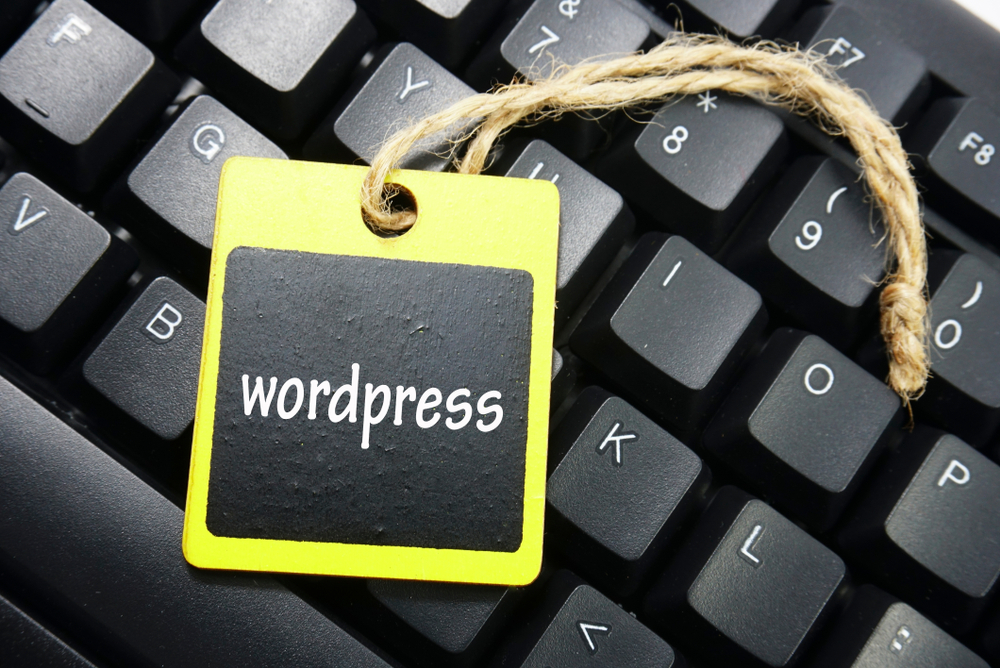
Introduction
WordPress has become the go-to platform for many websites due to its user-friendly interface and vast customization options. However, to truly unleash its potential, one needs to master the art of WordPress customization and maintenance. In this article, we will explore essential tips and tricks that will help you take your WordPress (the platform for bloggers) website to new heights.
1. Choose the Right Theme
The foundation of any successful WordPress (or WP) website is a well-designed theme. When selecting a theme, consider factors such as responsiveness, simplicity, and compatibility with popular plugins. A well-coded and regularly updated theme will ensure a smooth user experience and minimize potential issues.
2. Customize the Appearance
One of the biggest advantages of WordPress is its flexibility in customization. Take advantage of this by personalizing the appearance of your website. Customize the site logo, layout, colors, and fonts to align with your brand identity. With WordPress (the blogging platform) , you can easily make these changes through the intuitive theme customization options or by modifying the theme's CSS.
3. Optimize Website Performance
Website speed is crucial for user experience and search engine rankings. Numerous plugins can help you optimize WordPress performance. Minify CSS and JavaScript, compress images, enable caching, and remove unnecessary plugins to improve loading times. Additionally, consider utilizing a Content Delivery Network (CDN) to deliver your website's assets from servers closer to the user, reducing latency and improving overall performance.
4. Ensure Mobile Responsiveness
With the majority of internet browsing happening on mobile devices, having a responsive website is non-negotiable. Test your website's responsiveness by using mobile emulators or devices of varying screen sizes. Optimize your content, images, and menus to ensure they adapt to different devices seamlessly. Investing in a responsive theme or using responsive design frameworks like Bootstrap can simplify this process.
5. Implement SEO Best Practices
To drive organic traffic to your WordPress (WP) website, it's crucial to implement search engine optimization (SEO) best practices. Install an SEO plugin like Yoast or Rank Math, which provide easy-to-use tools for optimizing your content, meta tags, XML sitemaps, and more. Conduct keyword research to identify the terms your target audience is searching for and optimize your content accordingly. Remember to write informative and engaging content, as search engines prioritize high-quality material.
6. Regularly Update WordPress Core, Themes, and Plugins
WordPress continuously releases updates that address security vulnerabilities and improve functionality. Failing to update the WordPress core, themes, and plugins can leave your website susceptible to attacks. Enable automatic updates or schedule regular checks for updates. However, before updating, ensure compatibility with your theme and plugins to avoid any compatibility issues.
7. Backup Your Website Regularly
Backing up your WordPress website regularly is essential for peace of mind. In the event of a mishap or security breach, having a recent backup can save your site and data. Numerous plugins allow for easy and automatic backups, ranging from local backups to cloud storage solutions like Dropbox or Google Drive. Invest in a reliable backup solution and schedule regular backups to ensure your website is always protected.
8. Secure Your WordPress Website
WordPress is a prime target for hackers due to its popularity. Protect your website by implementing robust security measures. Use strong, unique passwords for your admin and database accounts. Limit login attempts and enforce secure login methods, such as two-factor authentication. Additionally, consider installing a security plugin like Wordfence or Sucuri to strengthen your website's defenses against malware and malicious attacks.
9. Optimize Your Database
Over time, your WordPress database can become cluttered with unnecessary data, affecting website performance. Regularly optimize your database by removing spam comments, post revisions, and unused tables. Plugins like WP-Optimize or WP-Sweep simplify this process by allowing you to clean up your database with a few clicks.
10. Provide a Stellar User Experience
A successful WordPress website not only has great content but also delivers an exceptional user experience. Ensure your website is easy to navigate, with clear menus and well-organized content. Optimize images for faster loading, enable social sharing buttons, and provide a search functionality for users to find what they need quickly. Regularly test your website on different browsers and devices to ensure a consistent experience for all visitors.
Frequently Asked Questions
Q1: How often should I update my WordPress theme and plugins?A1: It is advisable to check for updates weekly and update immediately if there are security-related patches. However, before updating, ensure compatibility with your current theme and other plugins.
Q2: Can I customize my WordPress website without coding knowledge?
A2: Yes, WordPress provides an intuitive theme customization interface that allows you to make changes to your website's appearance without any coding. Additionally, there are numerous plugins available for advanced customization options.
Q3: How can I speed up my WordPress website?
A3: You can speed up your WordPress website by optimizing images, enabling caching, compressing CSS and JavaScript, and minimizing the use of unnecessary plugins. Utilizing a CDN can also improve website performance.
Q4: How often should I back up my WordPress website?
A4: It is recommended to schedule regular backups, ideally daily or weekly, depending on the frequency of content updates. Additionally, perform an immediate backup before making significant changes to your website.
Q5: Are there any security measures I can take to protect my WordPress website?
A5: Yes, there are several security measures you can implement, such as using strong passwords, limiting login attempts, enabling two-factor authentication, and installing security plugins. Regularly updating WordPress and using secure hosting also help enhance security.
Conclusion
Mastering WordPress customization and maintenance is essential for creating a professional and high-performing website. By following these tips and tricks, you can ensure that your WordPress website stands out, delivers a superb user experience, and remains secure. Remember, continuous learning, adapting to new technologies, and staying up to date with the latest best practices are key to unlocking the full potential of WordPress.
Other useful resources
- https://www.wordpress24plus.com/wordpress-tools-directory/